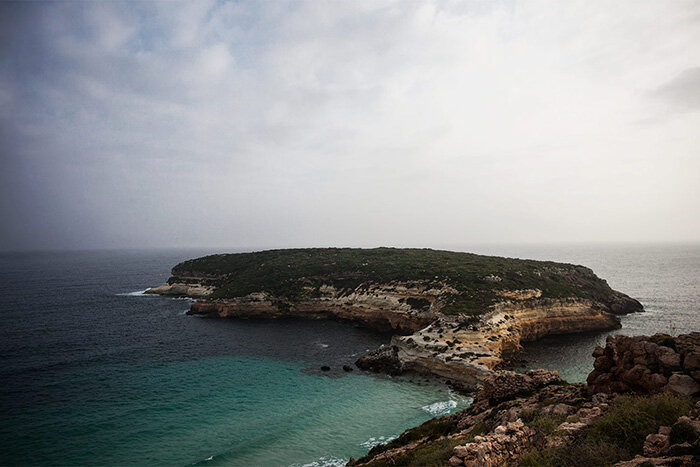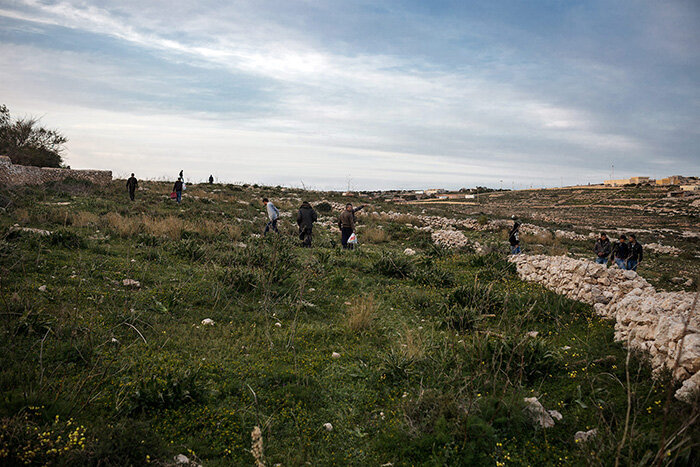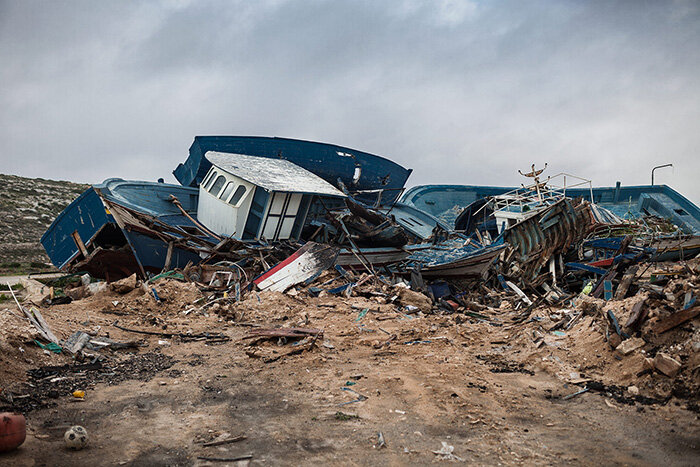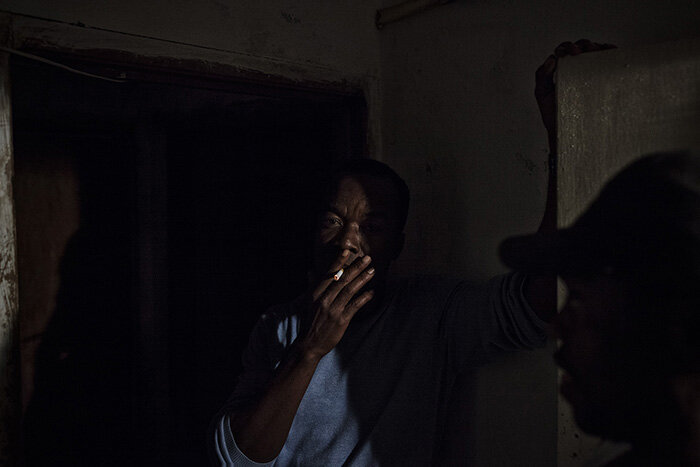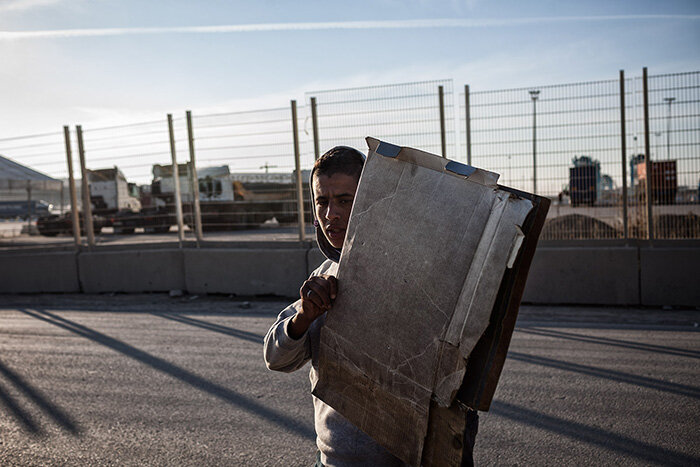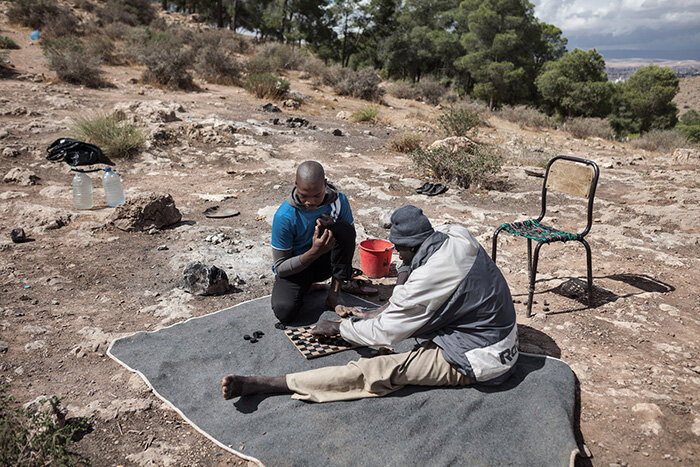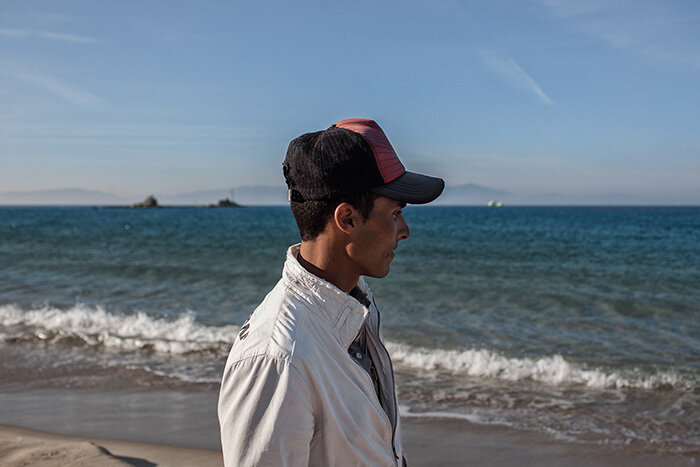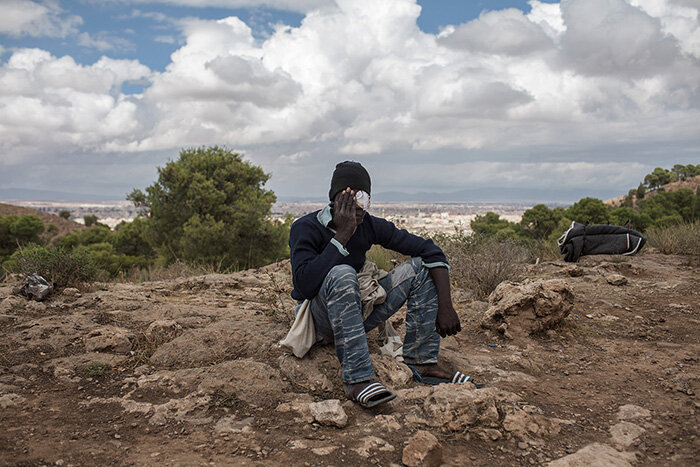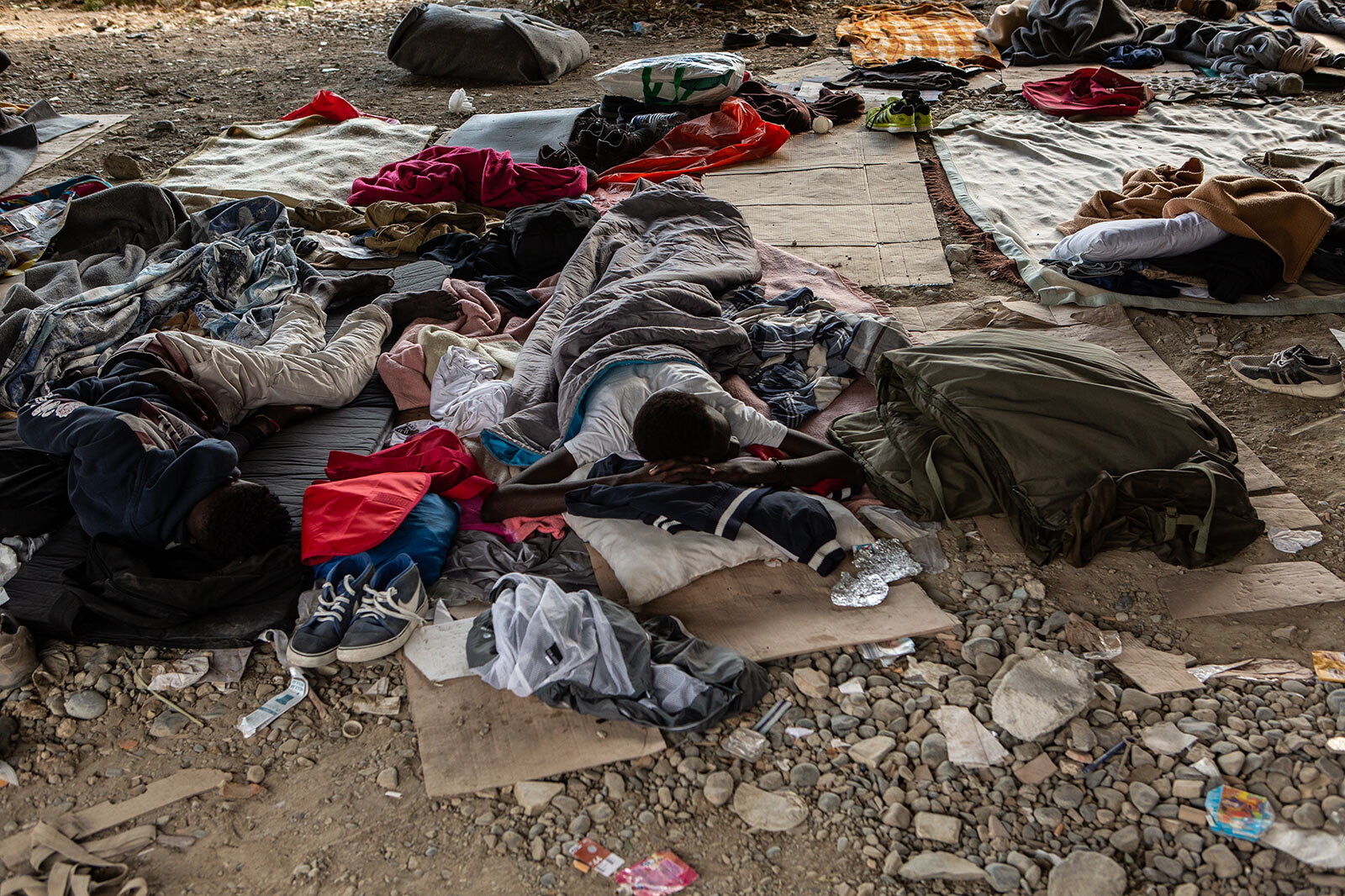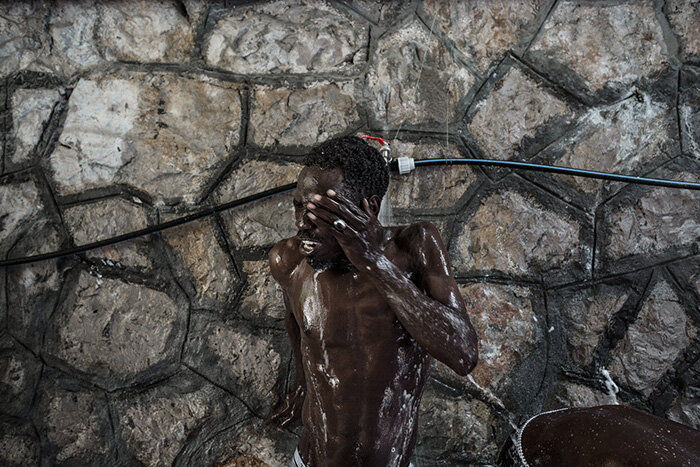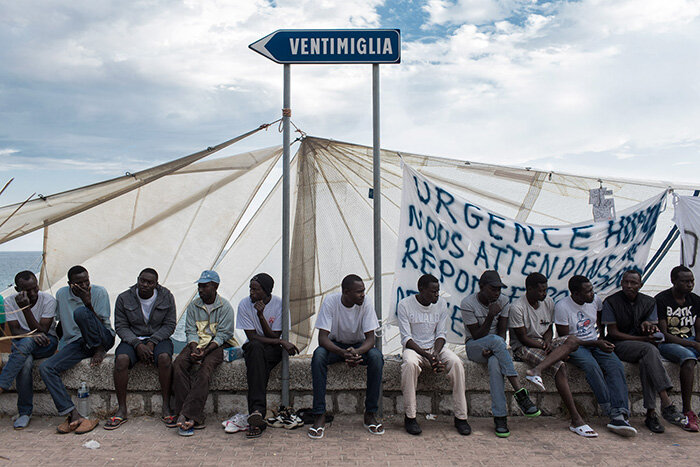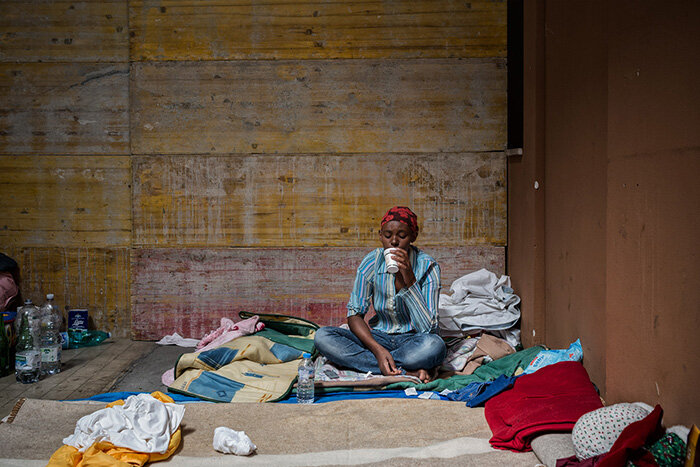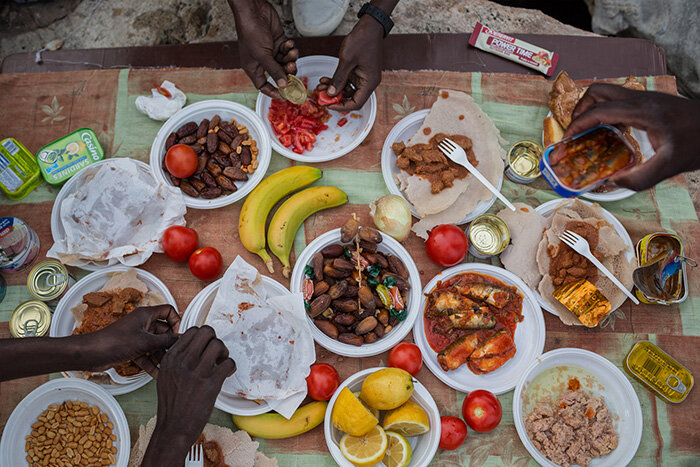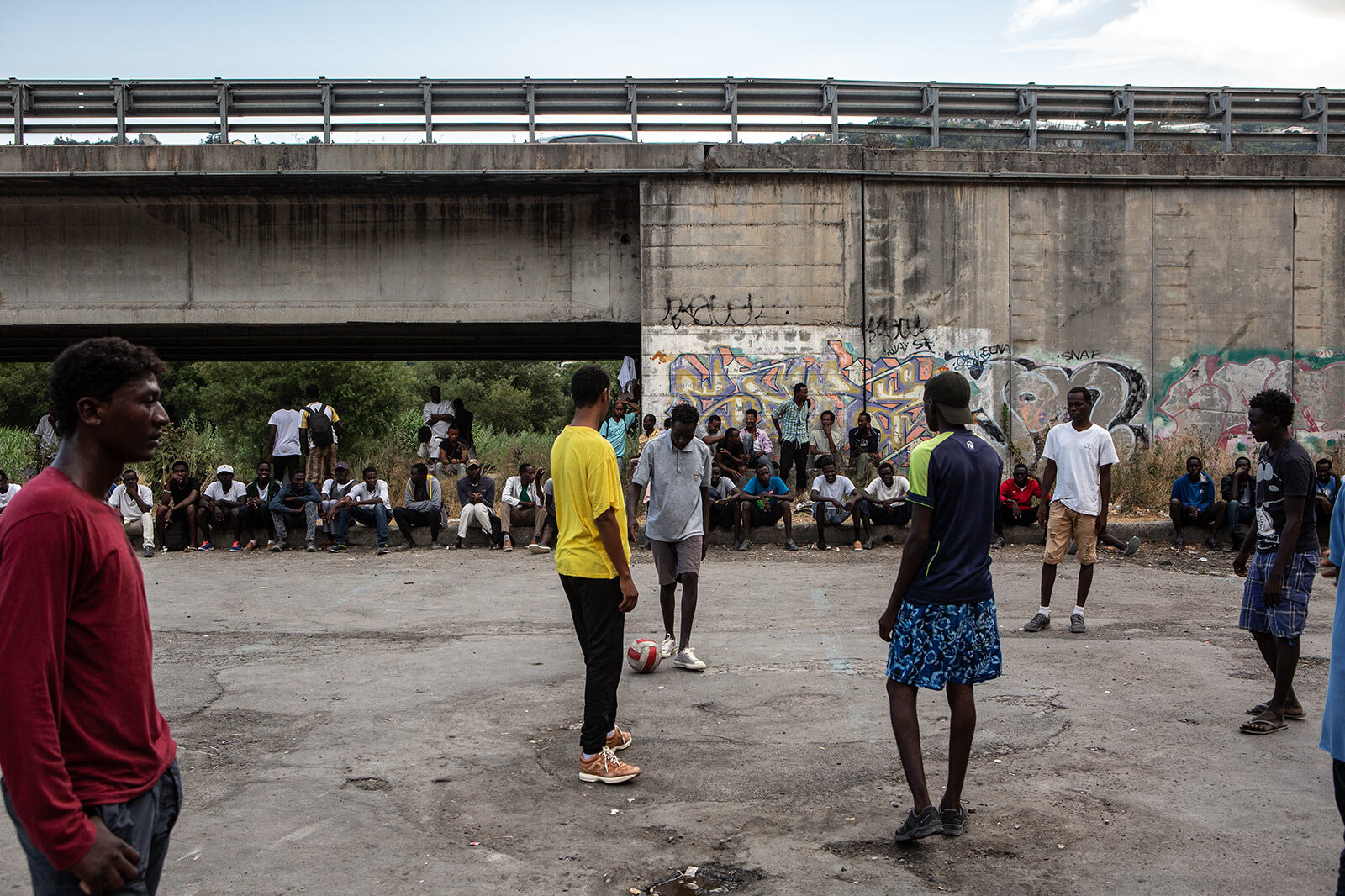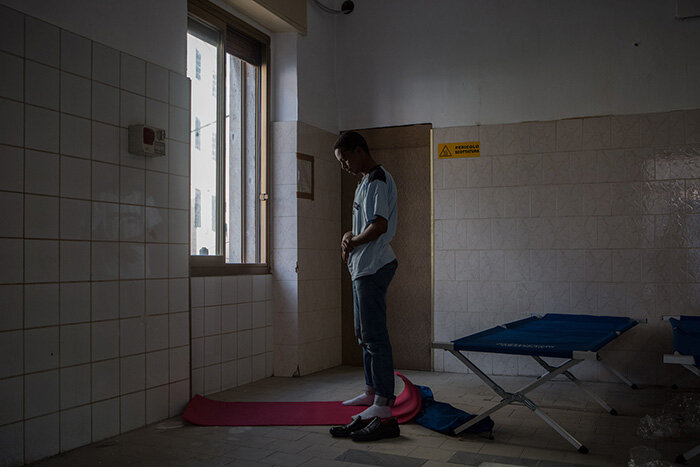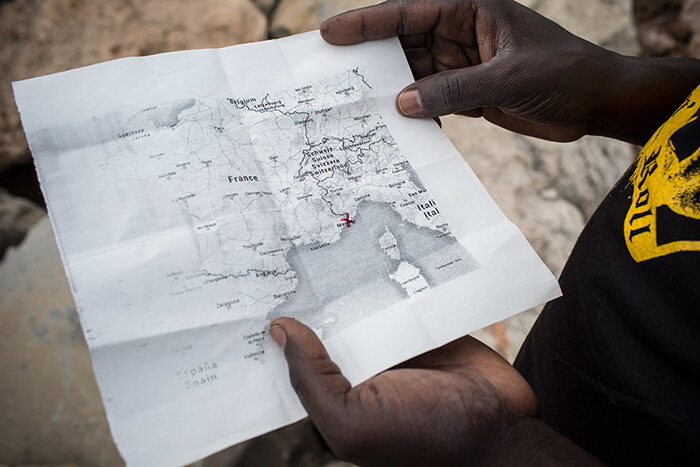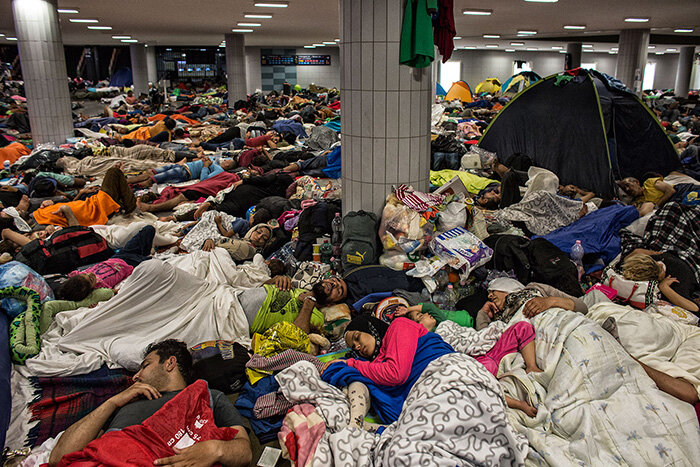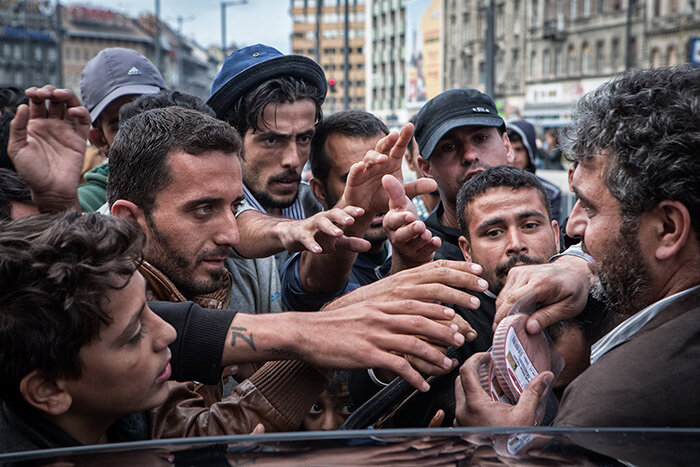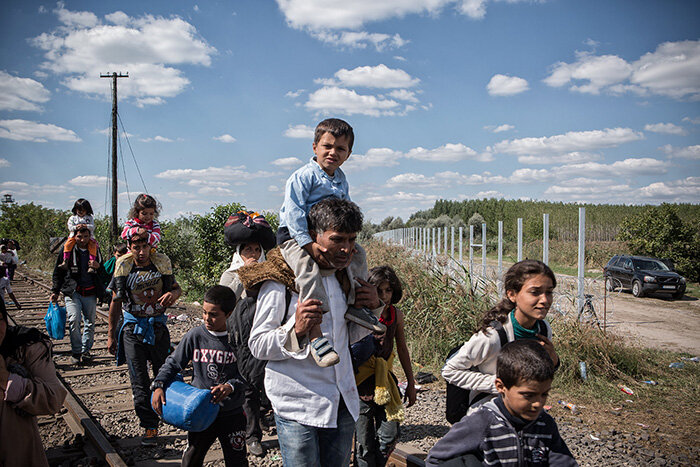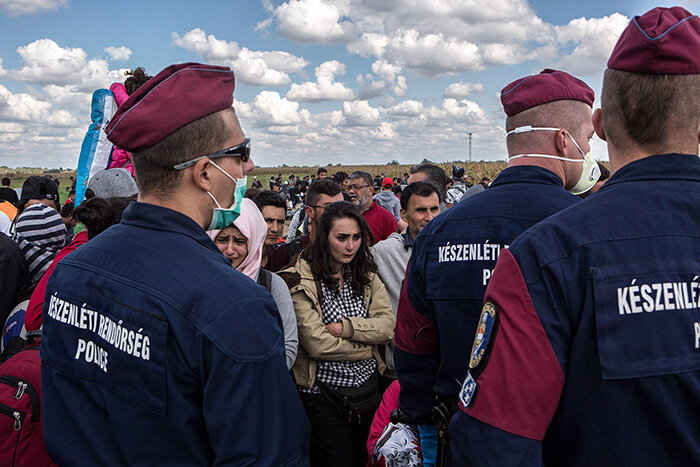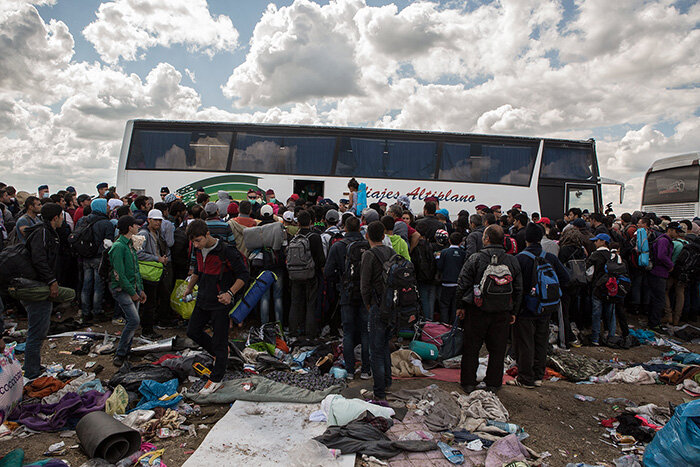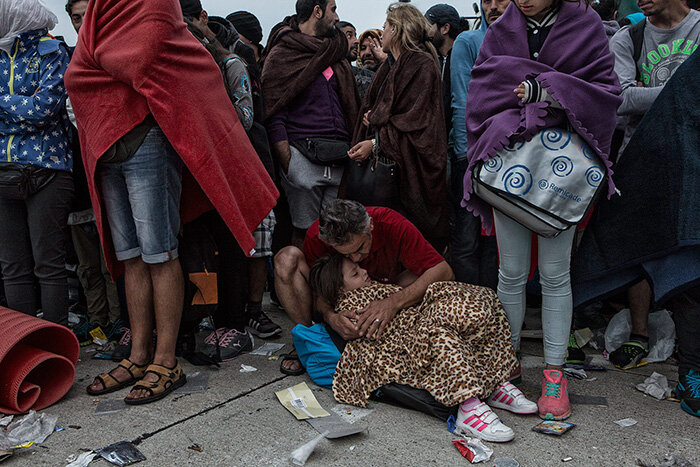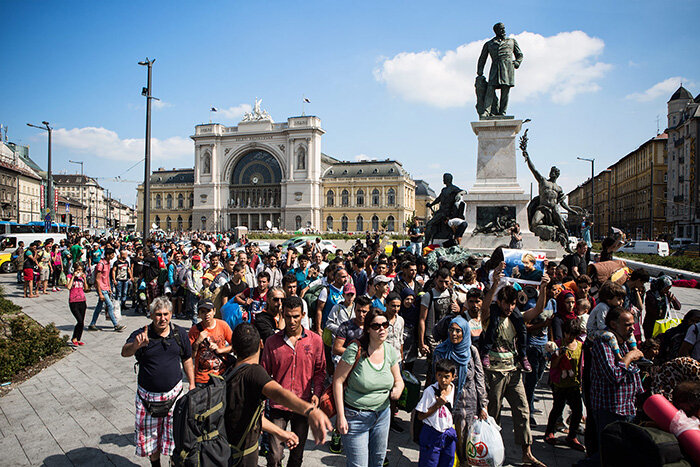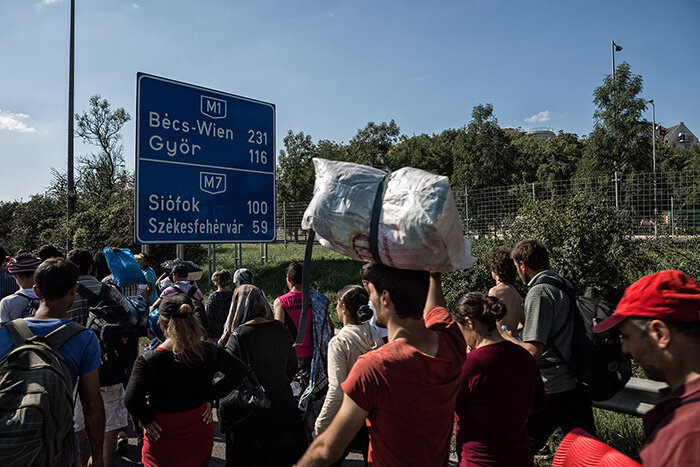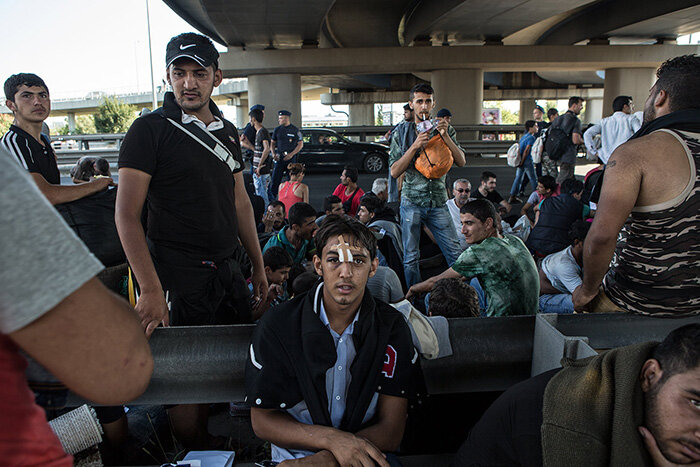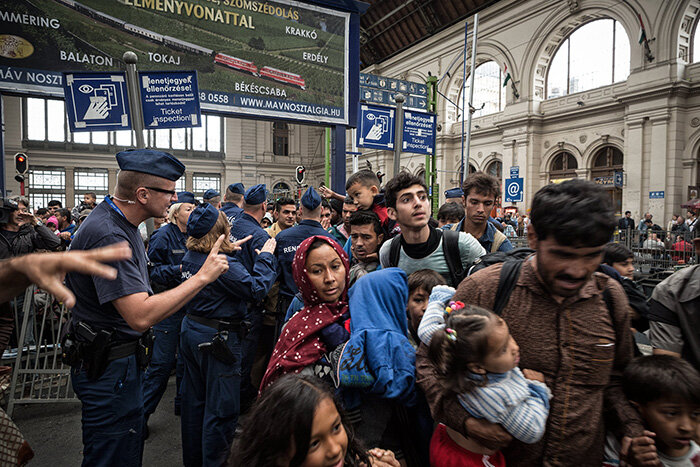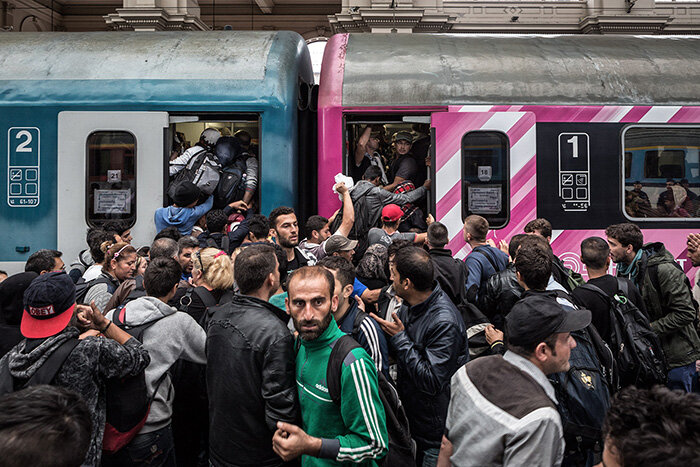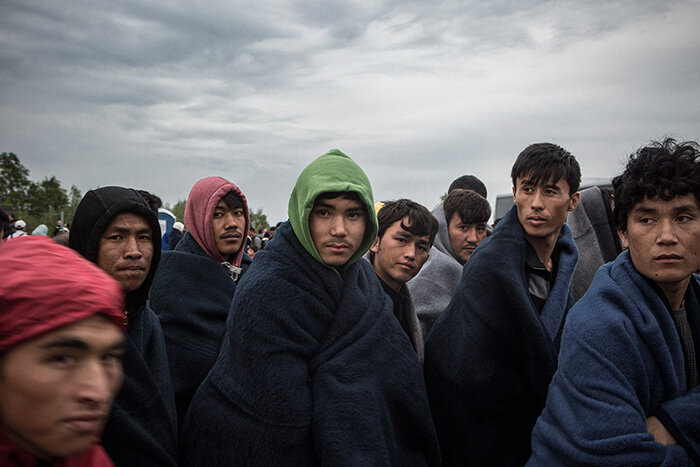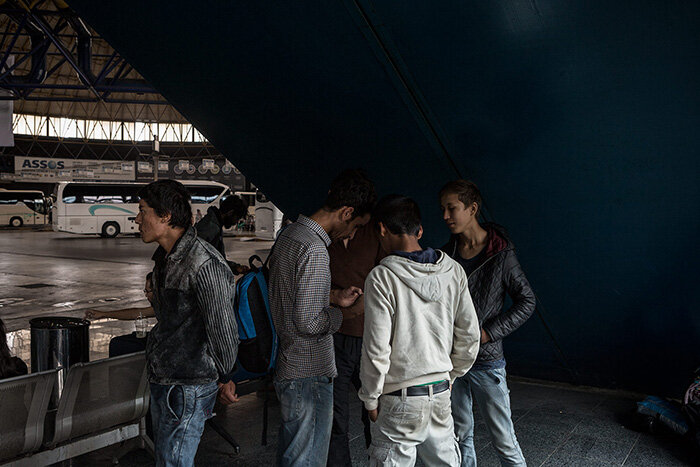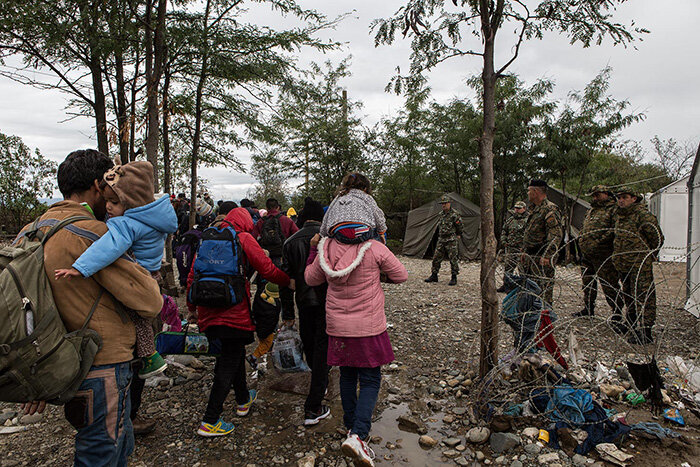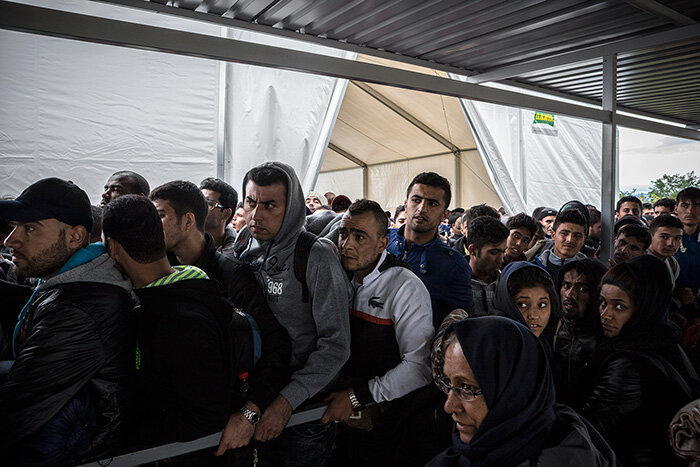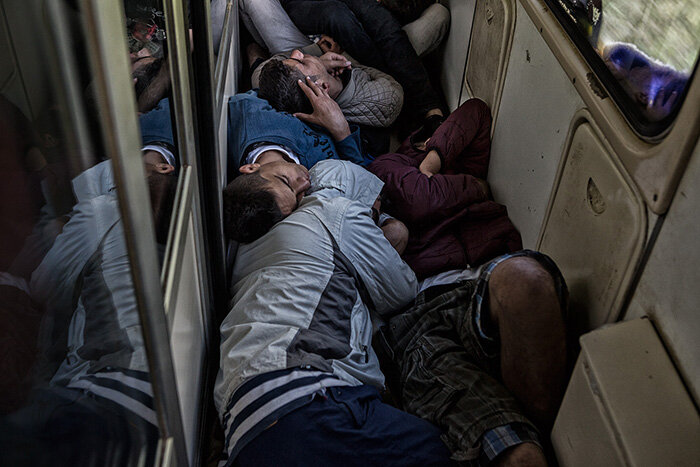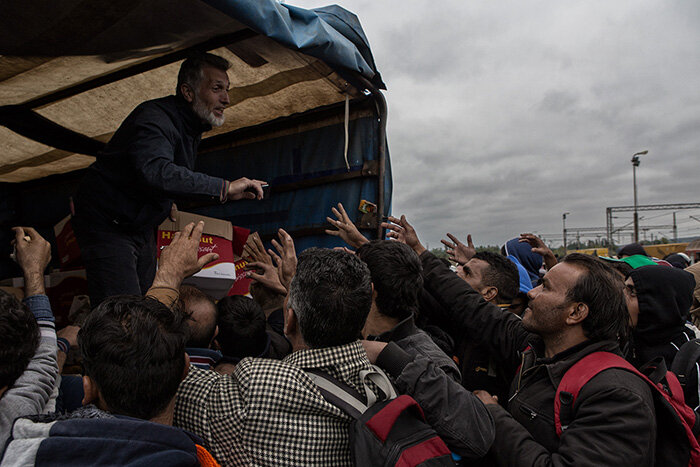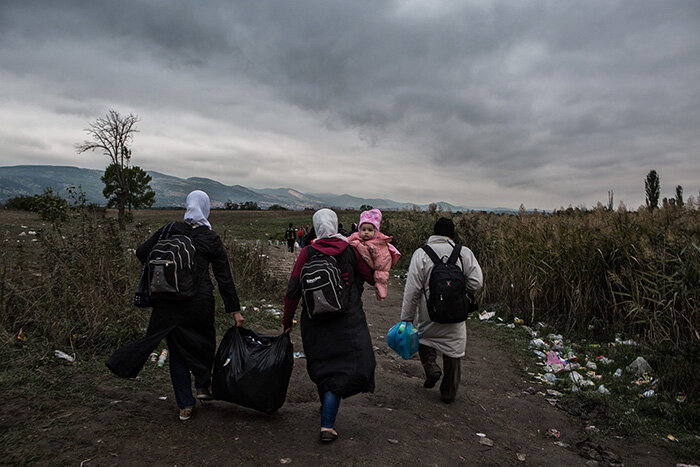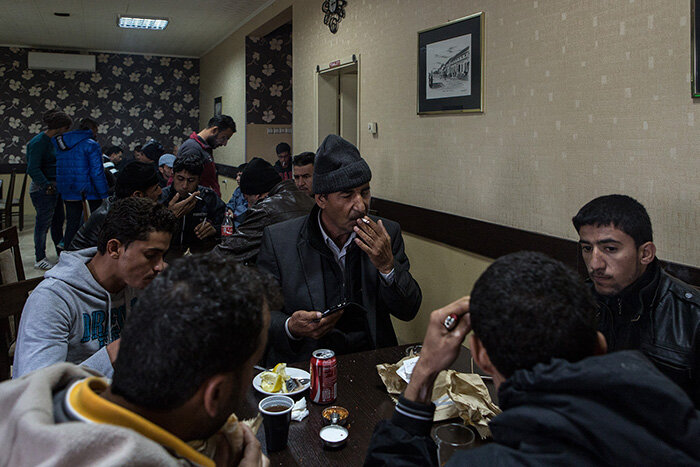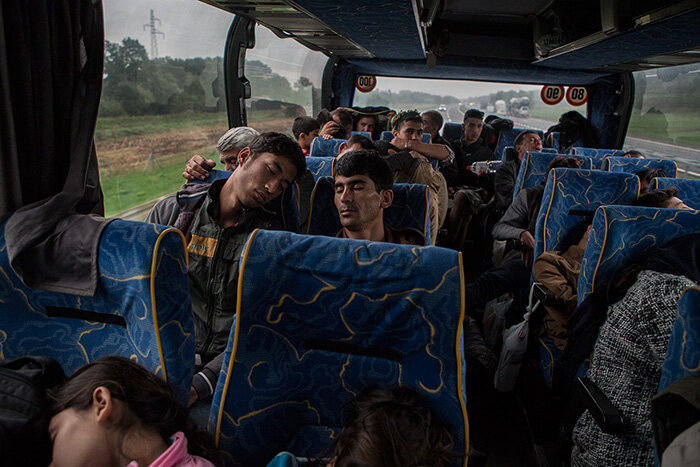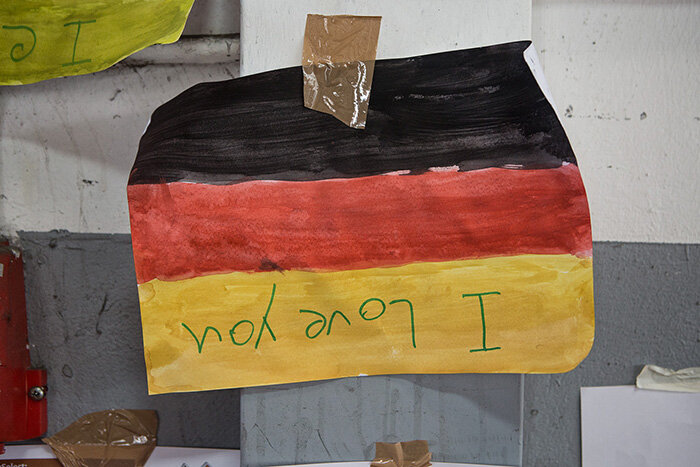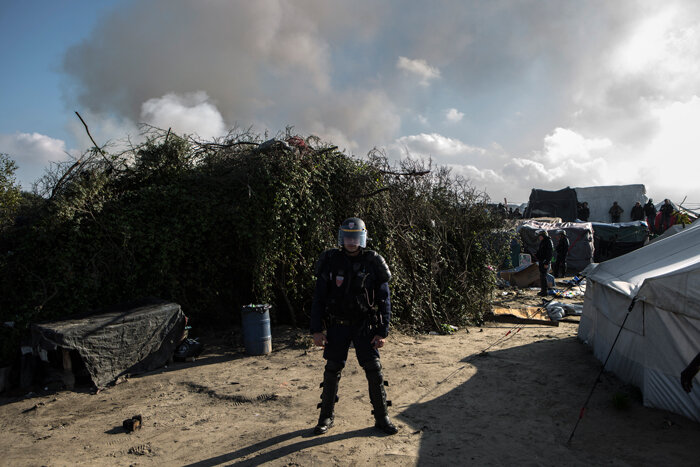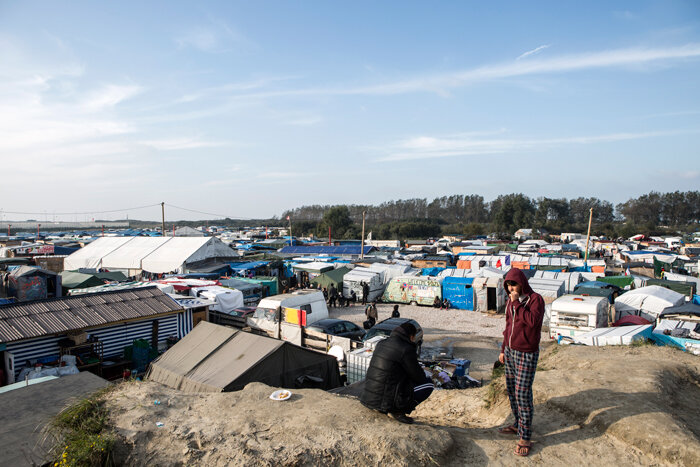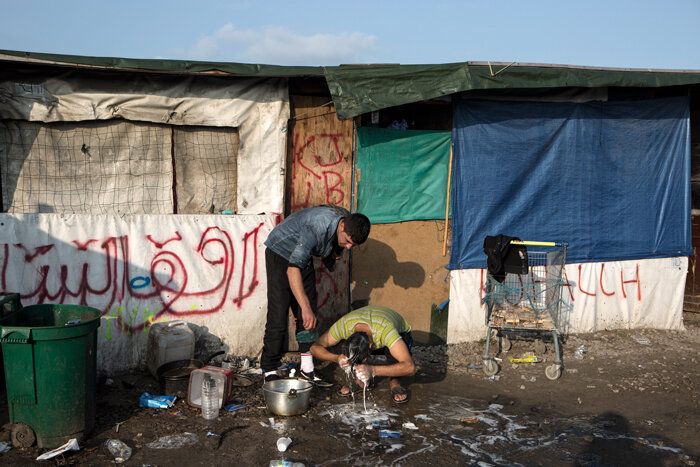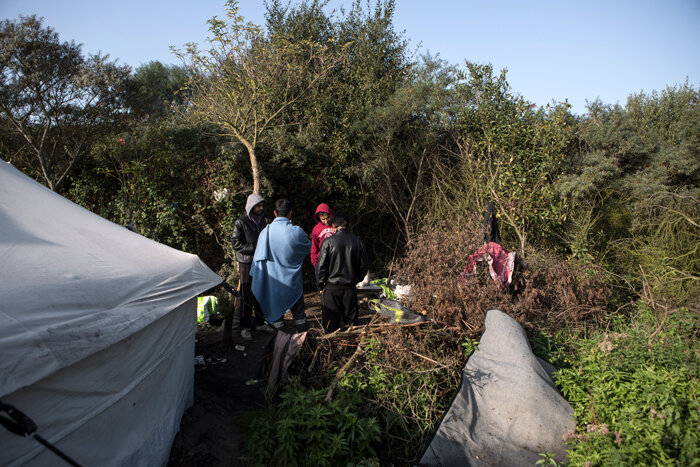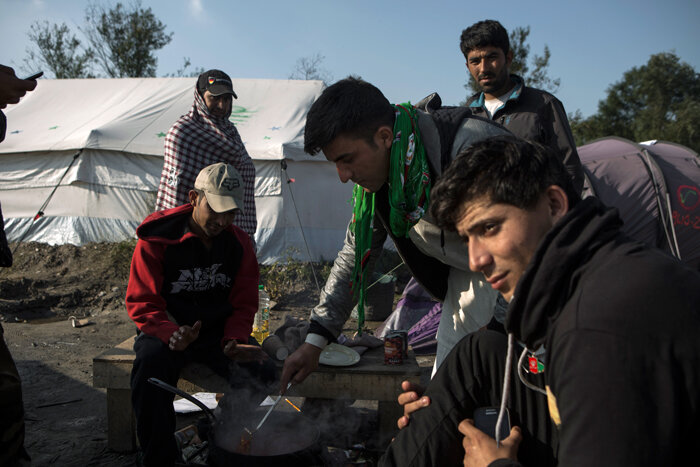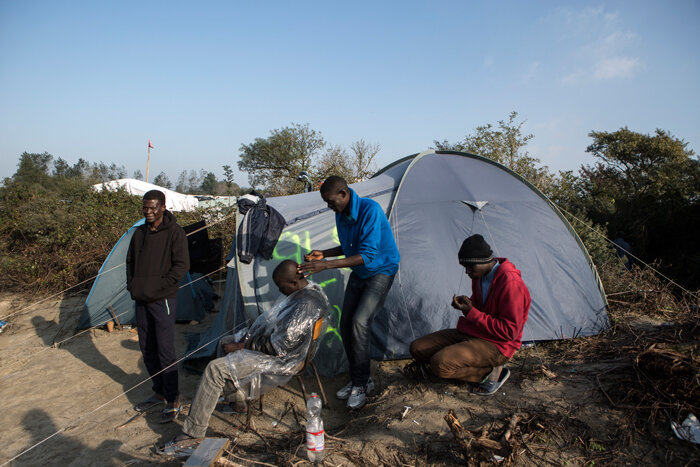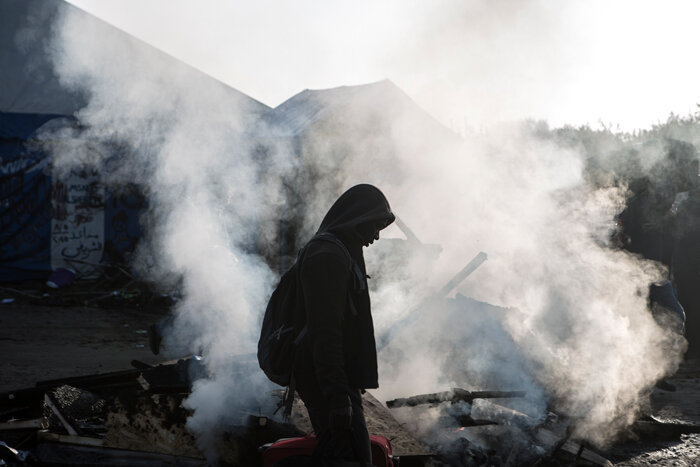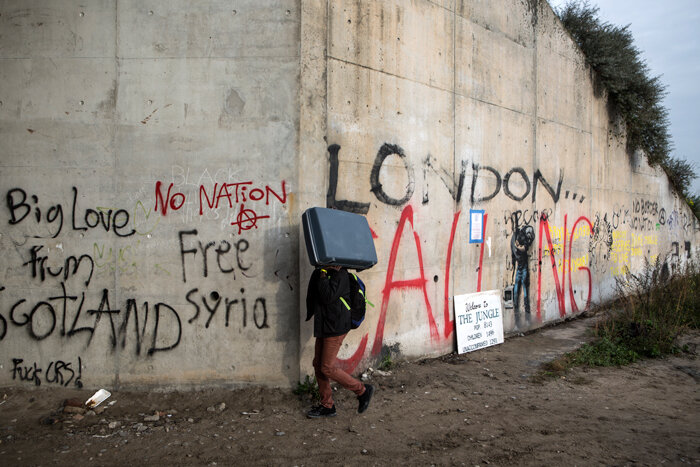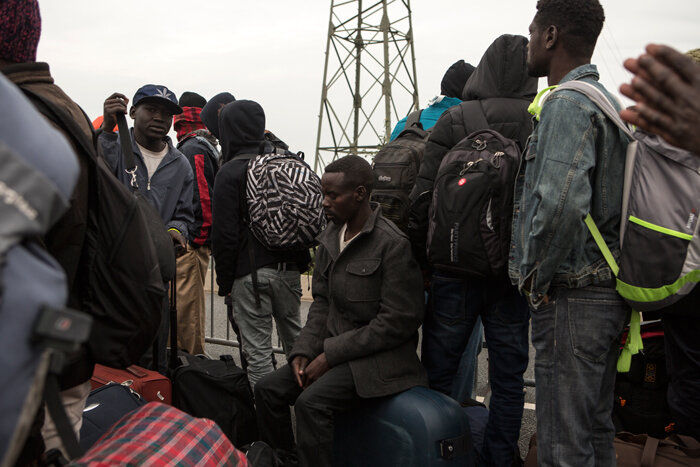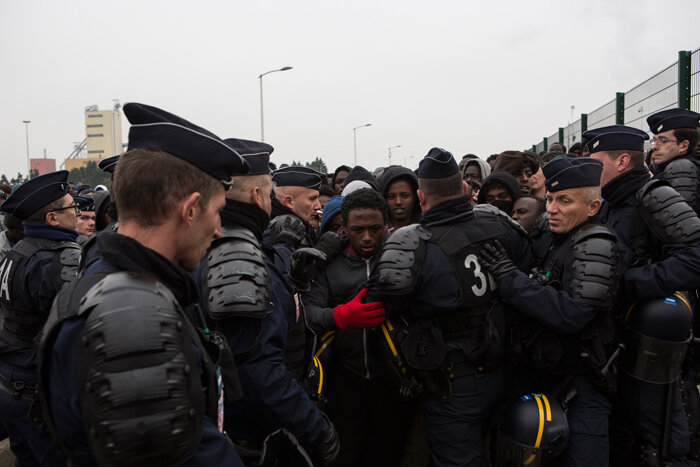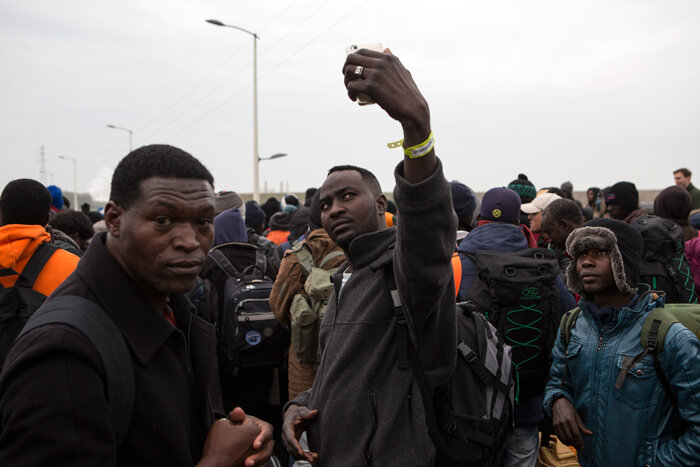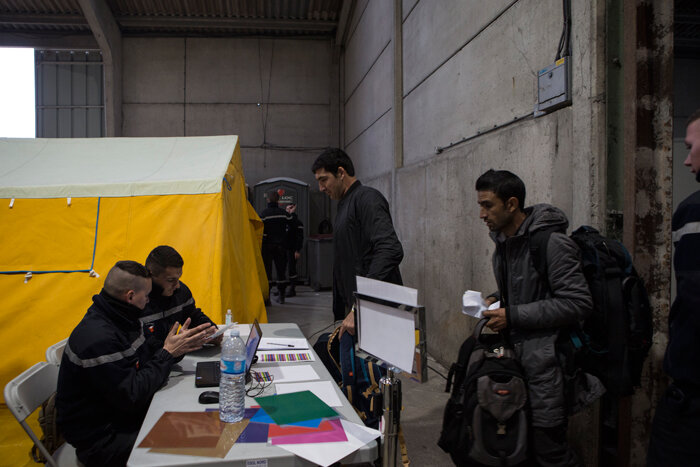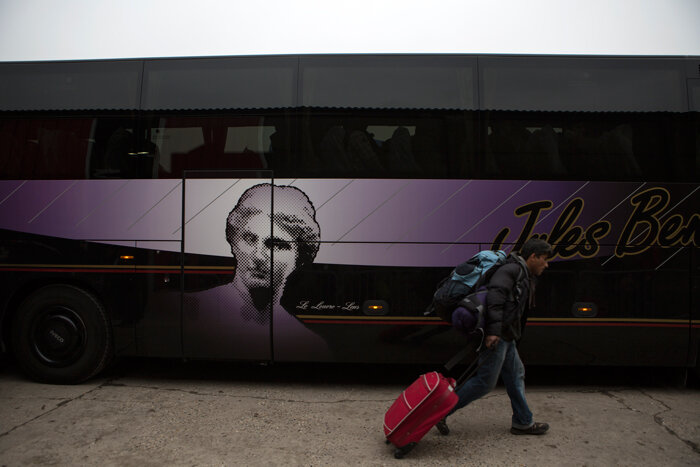FORTRESS EUROPE
when the revolutionary wave of RIOTS and civil wars known as “Arab Spring” spread throughout Northern Africa, I CAPTURED the massive landings of migrants to the Italian shores. then, i BEGAN to DOCUMENT the migratory routes towards and inside Europe. This long-term project BROUGHT me THROUGH 12 COUNTRIES, FROM FRANKFURT TO TANGIER, FROM Manchester to the Balkans, where I hit the same road that - only in 2015 - was travelled by more than one million people looking for asylum IN Europe.
“AND WHEN AT LENGTH THE SUN ROSE BRIGHT, WE SAW
TH’AEGAEAN SEA-FIELD FLECKED WITH FLOWERS OF DEATH.”
Lampedusa is ITALY’S southernmost ISLAND, located only 70 miles from the African shores.
It has made international news as a prime transit site and first landing point for migrants seeking to enter Europe
from Africa, the Middle East and Asia: 500.000 is the estimate number of BOAT people arrived to Lampedusa in the last 20 years. Since the 2011 Arab Spring, in the wake of change in regime, thousands of Tunisians and Libyans fled their homeland: in less than six months, more than 50.000 people LANDED on the island.
From January to April 2015, some 1.600 migrants died on the Central Mediterranean route from Libya to Lampedusa, making it the deadliest migrant route in the world.
READ THE INCREASED INFLUX OF MIGRANTS IN LAMPEDUSA JOINT REPORT FROM italy’s MINISTRY OF HEALTH AND WHO office for europe
They are called Harragas - from Arabic, "those who burn" THEIR PAPERS to avoid identification from european authorithies - and they are migrants, mainly from Sub-Saharan Countries, who attempt to illegally MAKE THEIR WAY to Europe.
On the northern shoreline of Morocco, from the medina of Tangier to the jungle of Oujda, Harragas hope to cross the Strait of Gibraltar or to enter the autonomous cities fo ceuta and melilla in order to reach Spain: thousands of them ARE STUCK in a limbo with no means to return home, nor to tempt fate and pay a clandestine jump to Andalusia, ousted by the police, disregarded by the institutions and exploited by the locals.
“Keep bangin’ on the wall of Fortress Europe
2022, a new European order
Robot guards patrolling the border
Cybernetic dogs are getting closer and closer
Armored cars and immigration officers
A burning village in Kosovo
You bombed it out, now you’re telling us go home”
There were 153,842 Mediterranean sea arrivals to Italy in 2015: as summer began, the landings dramatically increased and Italy's neighbouring countries tightened their border controls, preventing the stream of migrants from continuing their journeys to northern Europe.
Hundreds of them, mostly from Eritrea and Sudan, found shelter inside the train station of the Italian coastal town of Ventimiglia or a few miles away, on a strip of rocks on the shore overlooking the French border. Few of them eventually made their way to Paris and beyond taking a northerner route through the Alps; all the others were dumped by the French authorities, trapped in an endless, Escherian loop.
In Summer 2015, Hungary announced the construction of a 175-km-long razor-wire fence along its southern border with Serbia as a countermeasure against the influx of migrants taking the Balkan route. As Hungary's prime minister, Viktor Orbán, defended the country's management of the migrant crisis, mayhem ensued at Budapest's Keleti rail station, after it was shut down under the strain of the massive flow of people trying to travel to Germany.
thousands of migrants blocked in Budapest EVENTUALLY set off by foot toward Vienna: on the same night, the hungarian Government decided to transport them to Hegyeshalom, a small village on the border with Austria. A few days later, Hungary sealed its border with Serbia and erected another fence, this time along the border with Croatia, a fellow EU member state: since then, thousands of migrants daily were diverted to Slovenia instead.
“We want no more people to come. Those who are here, go home!”
According to UNHCR, a record number of 856.723 people arrived in Greece by sea in all of 2015. Such an unprecedented number of migrants - a 18-fold rise from 2014 - had a direct knock-on effect on the Western Balkan Route, as the people who entered the EU in Greece made their way via Macedonia, Serbia into Hungary and Croatia and then towards Austria, Germany and northern Europe.
explore more stats and data through the 2015 REFUGEES & MIGRANTS SEA ARRIVALS IN EUROPE report from unhcr
In the last 20 years thousands of refugees and economic migrantS have gathered around the French port city of Calais, seeking to enter the United Kingdom by stowing away on ferries, lorries or trains traveling through the harbor or the Eurotunnel.
Since 2002, migrants in Calais lived in squats, slums and makeshift camps known as “jungles” (from dzhangal, the Pashto word for forest) that were repeatedly raided and bulldozed.
As of October 2016, the main jungle in Calais was located at a former landfill site, five kilometers from the city centre; on October 24, the French Government began the operations to clear the refugee camp: 5.600 people - of which 1.200 minors - were relocated to 160 reception and hospitality centers elsewhere in France.
“In Europe we go forward together in freedom”

